Originally slated for October, the world’s largest annual safety event is moving to spring 2021 in Houston.

On-site clinics are increasingly popular in workplaces, and for good reason. Not only do employees need to monitor their physical and ergonomic health, employers save money by protecting their workers.
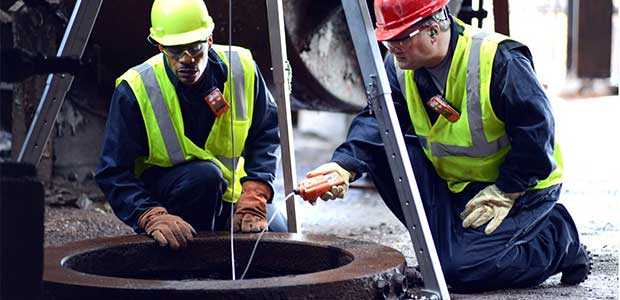
Wireless gas detectors are changing the way we work in confined spaces.

The future of workplace safety post-pandemic will include new technologies, including contact tracing and PPE wearables.
A recent study by SleepStandards surveyed over 1,000 Americans on their sleep habits during and post-lockdown. As it turns out, people are getting less z’s and paying the price for it.
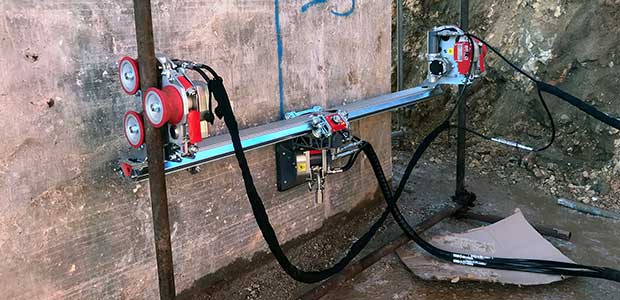
Some contractors are finding a productivity boost from another type of equipment: Hydrodemolition robots.
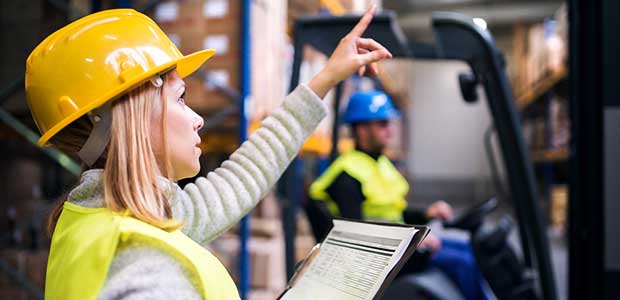
Safety is as critical an element as production to an organization, but why doesn’t the message always resonate up to the top of every organization? Here are some checks and balances you can utilize to better prioritize safety.
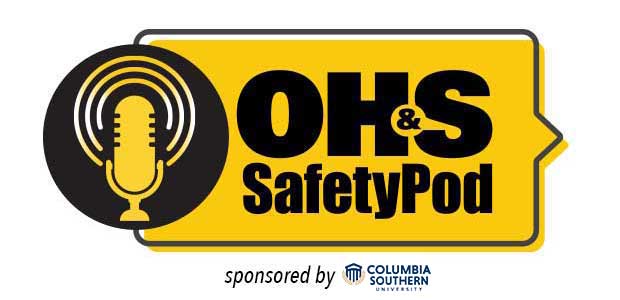
Episode 17
OH&S Editor Sydny Shepard and Content Editor Amanda Smiley break down some of the go-to sessions of ASSP Safety 2020 Virtual as well as some tips for getting the most out of your virtual conference experience.
OSHA just released guidance for workers and employers involved in providing emergency services such as emergency medical services (EMS) and medical transport, fire and rescue, and law enforcement. Here’s what you should know.
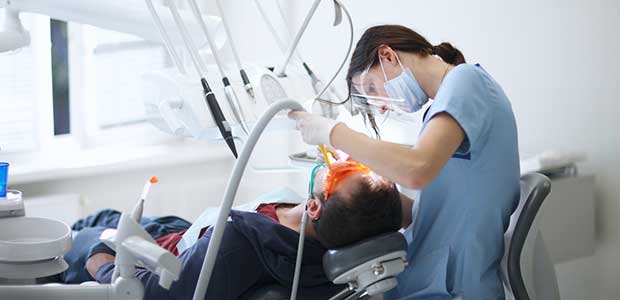
After dentist offices were forced to close for nearly two months, they are finally able to reopen—but many are taking new and extensive precautions to protect against COVID-19 including better air filtration and more PPE.
OSHA has released a resource guide for frequently asked questions regarding the use of face coverings, respirators and masks in the workplace. Here's what you should now.
This year’s ASSP show will be virtual due to the pandemic, but that will not limit the incredible output of information and news from exhibitors, speakers and industry experts. Check out the OH&S Life From page for show coverage and exclusive content from our Live From sponsor, Columbia Southern University.
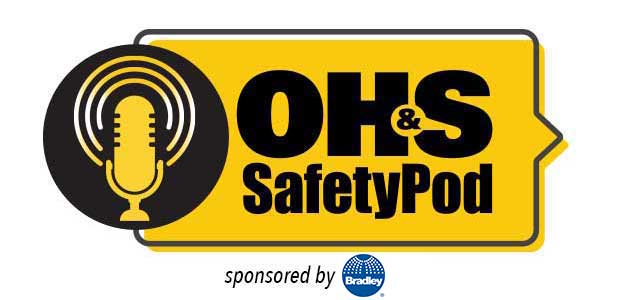
Episode 16
Due to COVID-19 restrictions on large gatherings, ASSP's Safety 2020 show has gone virtual! Listen in as Editor Sydny Shepard discusses the benefits of a virtual event with ASSP President Diana Stegall.
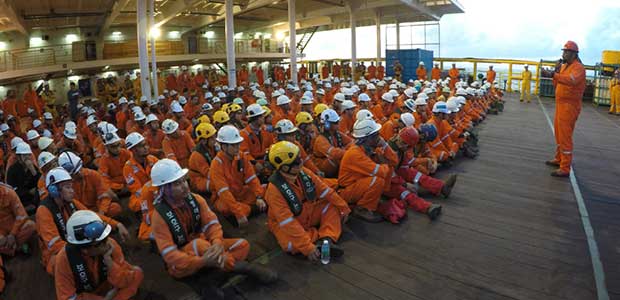
Challenges like inconsistency and meaningless data hold many companies back. But is it actually worth it to use leading indicators? The answer is a resounding 'yes.'
As the country reopens, NSC safety advocates warn employers to prepare for a surge in addiction issues and offer guidance for proper handling.
Hiring neurodiverse employees is shown to improve workplace productivity and functionality. Here are some laws you need to know when hiring and employing neurodiverse individuals.
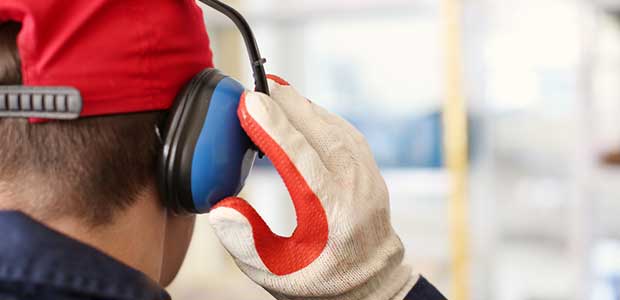
Over the last few months, Examinetics has collected information from audiologists on hearing conservation programs and hearing health in general. Read the Q&A here!